Description
Product Description
(Armoured T100 Temperature Sensor Probe RS485 Output)
RTDs
Features Armoured T100 Temperature Sensor Probe RS485 Output
◆ Fast response time.
◆ Ease of application and use.
◆ Engineered to withstand extreme temperatures -200 to + 600°C.
◆ International industrial standards.
◆ Greater engineering efficiency due to linear output.
◆ Wide application: can be used in household air conditioner, refrigerator, water fountain, drying box, constant box, etc.
Item | Specification |
Sensor type | Platinum Resistance, Pt100 or Pt1000 Ohms |
Ice point resistance | 100Ω or 1000Ω Ohms |
Fundamental interval (0°C to 100°C) | 38.5Ω nominal (100Ω) 385Ω nominal (1000Ω) |
Measuring range | -50~200°C, -50~350°C, -50~600°C |
Tolerance class | DIN Class A or B |
Response time | 10S (0.63τ) |
Insulation Resistance | 100Mohm |
Cable material | PVC, Teflon, Silicone, Fiberglass |
Housing | SUS304 or SUS316 |
European / British Standard | Conforms to IEC 60751:2008 / BS EN 60751:2008 |
Frequently Asked Questions (FAQ)
Q1: What type of sensor is this?
A: This is an armored Pt100/Pt1000 RTD (Resistance Temperature Detector), also called a platinum resistance thermometer (PRT).
Q2: What is the measuring range of this sensor?
A: The probe supports ranges of -50~600°C, depending on the model.
Q3: How accurate is this temperature sensor?
A: The sensor follows DIN Class A or B tolerances, ensuring precise temperature measurement with excellent stability.
Q4: What makes this sensor durable?
A: The probe is made of stainless steel (SUS304 or SUS316), making it waterproof, moisture-proof, anti-rust, and suitable for harsh environments.
Q5: How fast does it respond to temperature changes?
A: The sensor has a response time of 10 seconds (0.63τ), ensuring quick and reliable readings.
Q6: Does it comply with international standards?
A: Yes, it conforms to IEC 60751:2008 and BS EN 60751:2008 standards.
Q7: What applications can this sensor be used for?
A: It is widely used in household appliances (air conditioners, refrigerators, water fountains), laboratory equipment (drying boxes, constant temperature chambers), and industrial processes requiring reliable temperature monitoring.
Q8: What are the available cable materials?
A: You can choose from PVC, Teflon, Silicone, or Fiberglass cables, depending on your application and environmental needs.
Q9: What is the insulation resistance of this sensor?
A: The insulation resistance is 100 MΩ, ensuring safe and stable performance.
Q10: Why choose an armored RTD sensor?
A: The armored design provides extra protection against mechanical stress, extreme temperatures (-200°C to +600°C), and harsh conditions, making it highly reliable for long-term use.

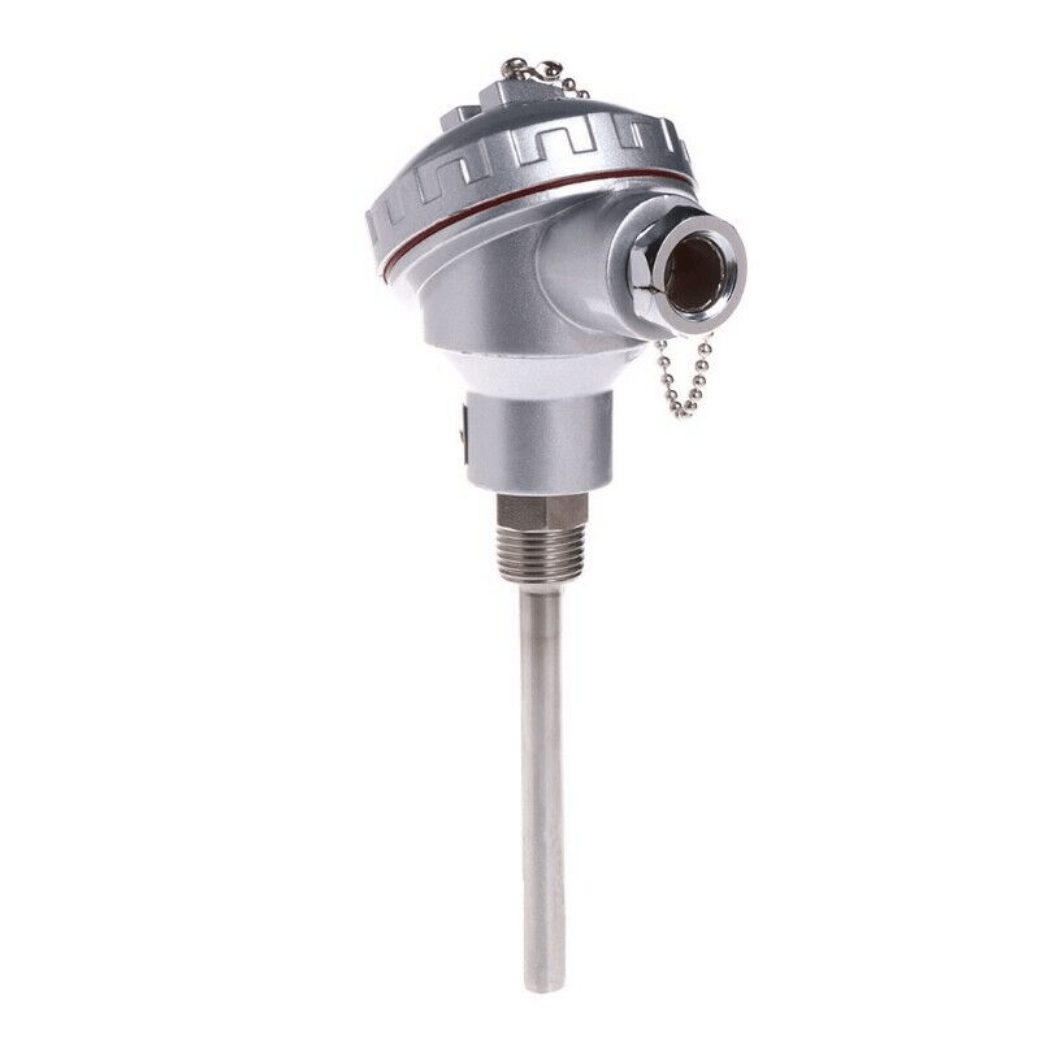
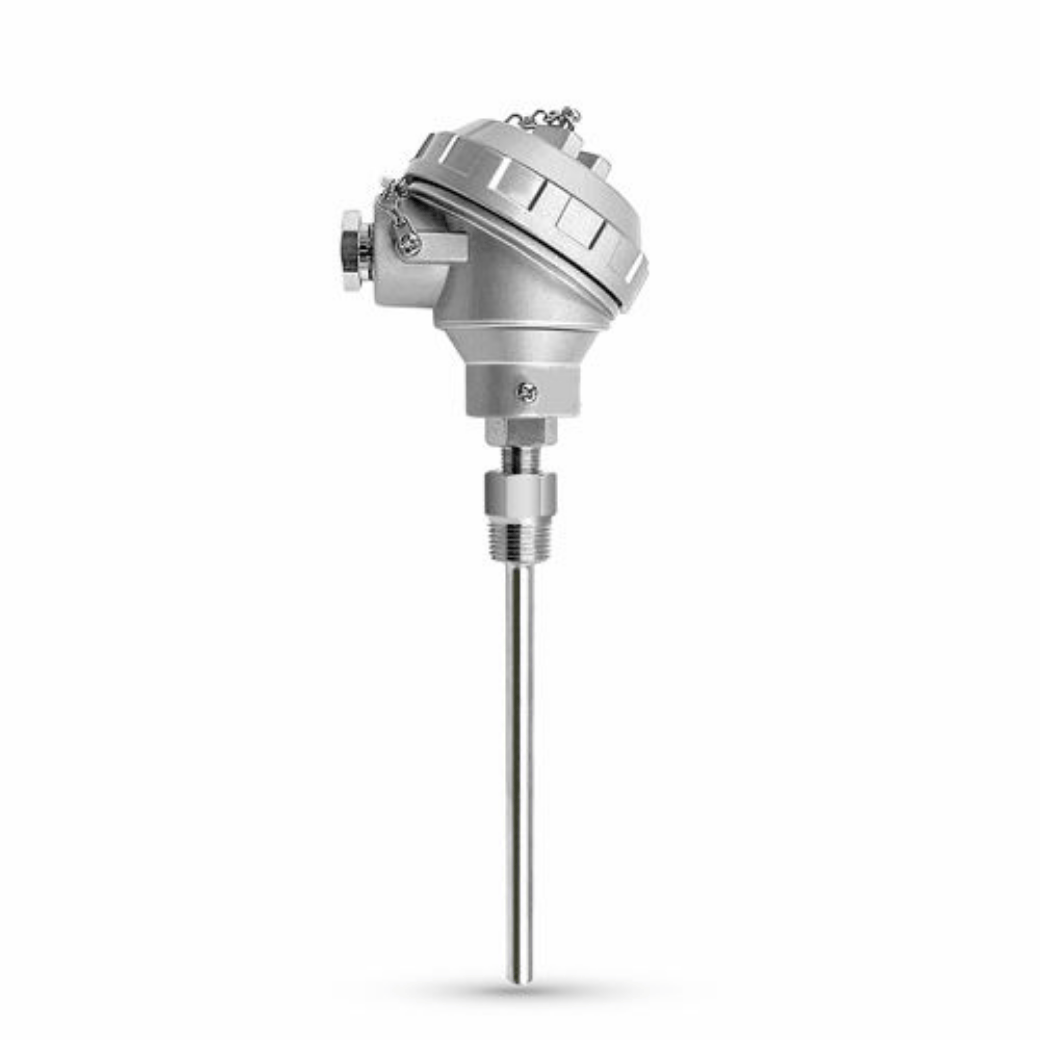

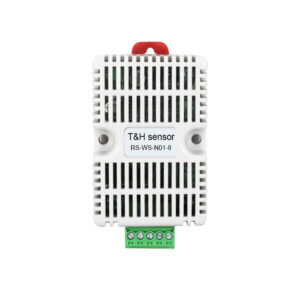
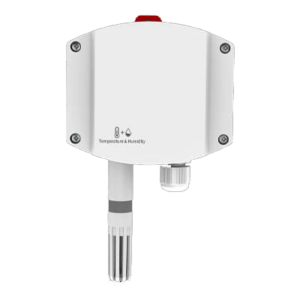
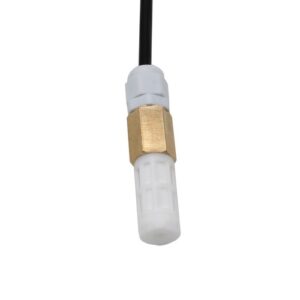
Reviews
There are no reviews yet.